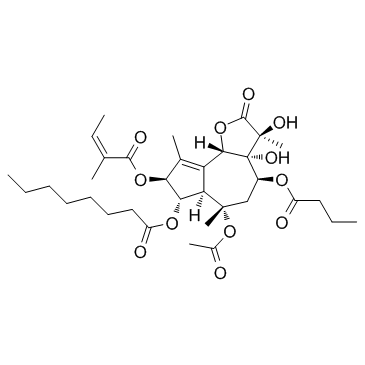| Structure | Name/CAS No. | Articles |
|---|---|---|
 |
Thapsigargin
CAS:67526-95-8 |
|
 |
1-Deoxynojirimycin hydrochloride
CAS:73285-50-4 |